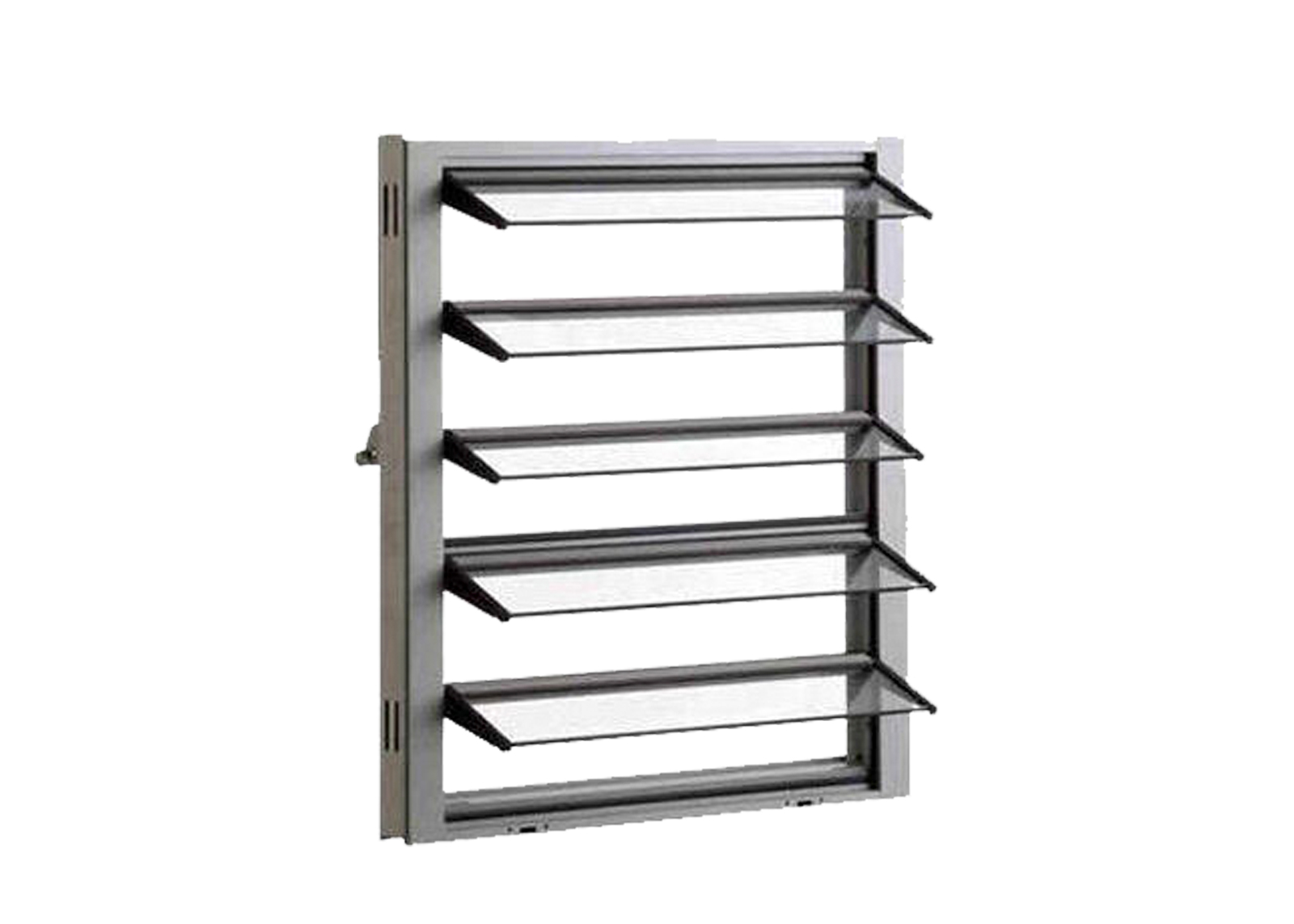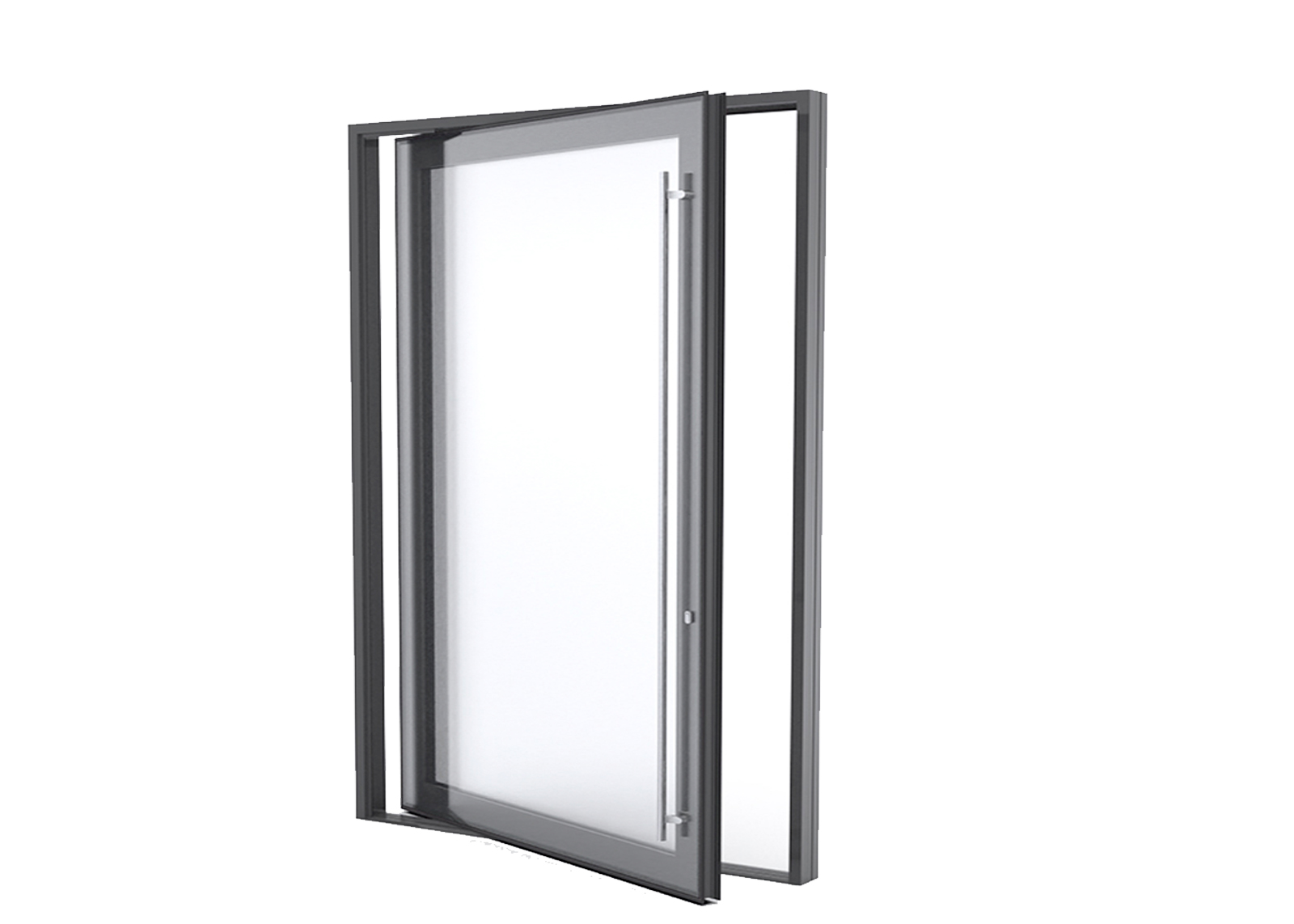How to Store Your Windows and Doors
As a leading manufacturer of high quality custom windows and custom doors, we understand that sometimes installation might be delayed due to various reasons. To ensure your windows and doors store in perfect condition until you're ready to install them, it's crucial to store them properly. we will provide you with essential tips on how to store your new windows and doors, ensuring they stay safe and damage-free.
Choose the Right Storage Location
Area: The window and door frames and insulated glass units, should be stored indoors or undercover in a safe area (that has no child access).
Temperature: Avoid extreme temperatures. Excessive heat can warp uPVC or aluminum frames, while freezing temperatures can make uPVC brittle.
Away from Direct Sunlight: Prolonged exposure to direct sunlight can cause discoloration
it’s important to store windows in a clean, dry, and secure location, away from direct sunlight, dust, dirt, and moisture. The windows should also be protected from jobsite dust, concrete, lime, and other potential sources of damage.
Proper Positioning
Vertical Storage: When it comes to storing windows, it is highly recommended to keep them upright to avoid any pressure or stress on the glass, which reduces the risk of breakage. Windows and Doors recommend storage on an A frame, that the racking is stable.
Support and Padding: Use padding materials like foam or blankets to support and cushion the frames, reducing the risk of scratches and dents.
Protective Covering
Plastic Wrap: Use plastic wrap or tarps to cover the windows and doors. This will protect them from dust, dirt, and moisture.
Avoid Heavy Coverings: Ensure the coverings are lightweight to prevent any additional pressure that might cause damage.
Avoid Heavy Loads
No Stacking: Do not stack windows and doors on top of each other. This can cause pressure damage and warping.
Separate Storage: If you have multiple units, store them separately to avoid any accidental damage.
Package
ROPO’s Package: If possible, store the windows and doors in their original packaging. This packaging is designed to protect them during transit and storage.
Protective Tape: the tape on the window and door frame should not be removed while in storage, since it shields the profile from scratches and dirt.
Regular Inspection
Routine Checks: Regularly inspect the stored windows and doors for any signs of damage or wear.
Quick Action: Address any issues immediately to prevent further damage.
Additional Considerations
Ventilation: Ensure proper airflow to prevent moisture buildup, condensation, and the growth of mold or mildew.
Handling and Transportation: Use appropriate lifting equipment and secure the windows during transportation to avoid accidental damage.
Environmental Conditions: Consider the specific environmental conditions of the storage area and take precautions to protect the windows from impacts or vibrations caused by natural disasters.
Pest Control: Implement measures to prevent pests from damaging the windows, such as sealing gaps and using traps or deterrents.
Insurance Coverage: Depending on the value of the windows, consider obtaining insurance coverage to protect against unforeseen incidents or damage during storage. Consult with your insurance provider for available options.


If you store the windows and doors in wrong way, you will have big problem
Storing in direct sunlight with covers, extreme temperatures
A, the window and door frame will be warpped
B, some glass is susceptible to thermal breakage
If glass becomes wet, exposure to the sun will prevent the moisture in the package from dispersing, causing mold and rainbows to appear on the glass surface.



Can Windows be Stored Flat
It is not recommended to store windows flat on the ground. Storing windows in a flat position can put excessive pressure on the glass and increase the risk of breakage. To ensure the safety and integrity of the windows, it is best to store them upright.
Proper storage of your new uPVC windows and doors and aluminum windows and doors is crucial to ensure they remain in pristine condition until you're ready to install them. By following these tips, you can prevent damage and ensure a smooth installation process.



























